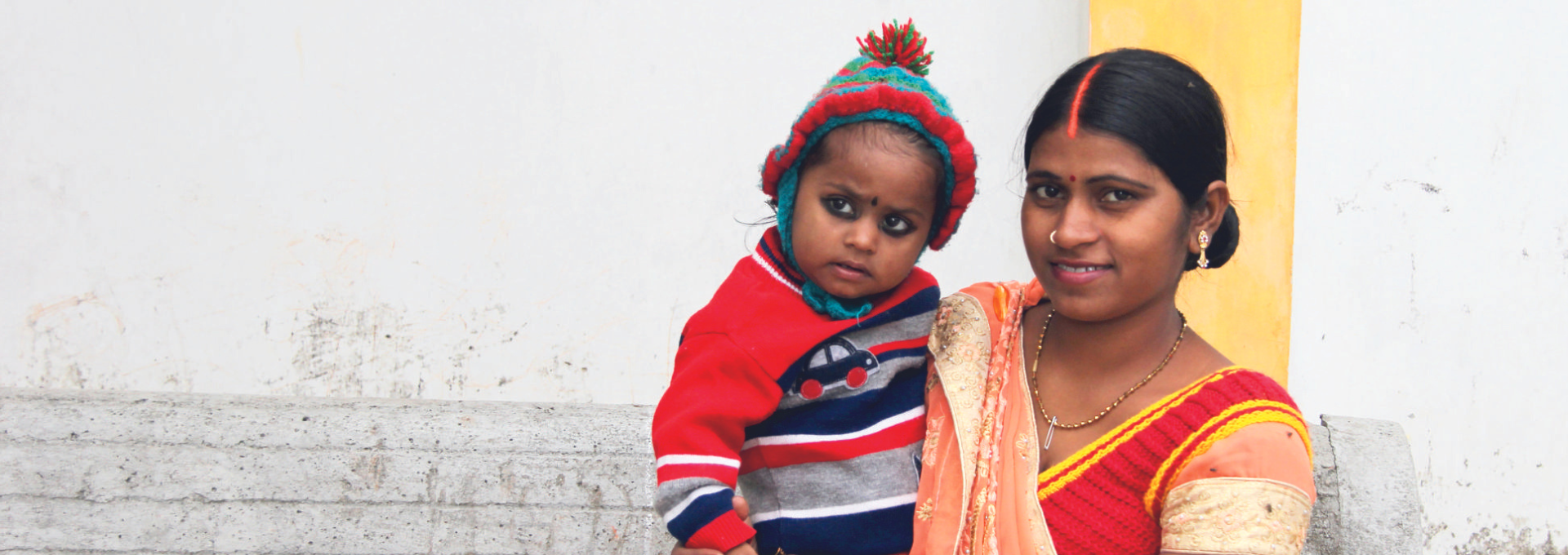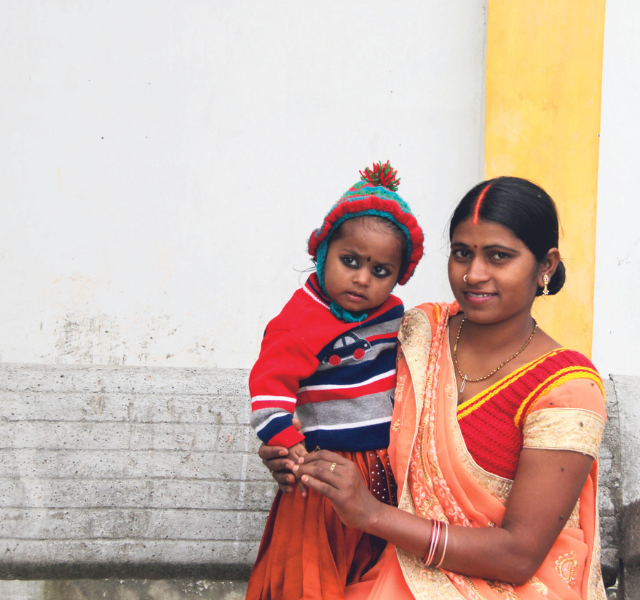

Vasanthakumar Namasivayam, Bidyadhar Dehury, Ravi Prakash, Marissa Becker, Preeti Anand, Ashish Mishra, Shreya Singhal, Shivalingappa Halli, James Blanchard, Dean Spears & Shajy Isac
The sustainable development goals (SDG) aim at satisfying three-fourths of family planning needs through modern contraceptive methods by 2030. However, the traditional methods (TM) of family planning use are on the rise, along with modern contraception in Uttar Pradesh (UP), the most populous Indian state. This study attempts to explore the dynamics of rising TM use in the state.
We used a state representative cross-sectional survey conducted among 12,200 Currently Married Women (CMW) aged 15–49 years during December 2020–February 2021 in UP. Using a multistage sampling technique, 508 primary sampling units (PSU) were selected. These PSU were ASHA areas in rural settings and Census Enumeration Blocks in urban settings. About 27 households from each PSU were randomly selected. All the eligible women within the selected households were interviewed. The survey also included the nearest public health facilities to understand the availability of family planning methods. Univariate and bivariate analyses were conducted. Appropriate sampling weights were applied.
Overall, 33.9% of CMW were using any modern methods and 23.7% any TM (Rhythm and withdrawal) at the time of survey. The results show that while the modern method use has increased by 2.2 percentage points, the TM use increased by 9.9 percentage points compared to NFHS-4 (2015–16). The use of TM was almost same across women of different socio-demographic characteristics. Of 2921 current TM users, 80.7% started with TM and 78.3% expressed to continue with the same in future. No side effects (56.9%), easy to use (41.7%) and no cost incurred (38.0%) were the main reasons for the continuation of TM. TM use increased despite a significant increase (66.1 to 81.3%) in the availability of modern reversible methods and consistent availability of limiting methods (84.0%) in the nearest public health facilities.
Initial contraceptive method was found to have significant implications for current contraceptive method choice and future preferences. Program should reach young and zero-parity women with modern method choices by leveraging front-line workers in rural UP. Community and facility platforms can also be engaged in providing modern method choices to women of other parities to increase modern contraceptive use further to achieve the SDG goals.